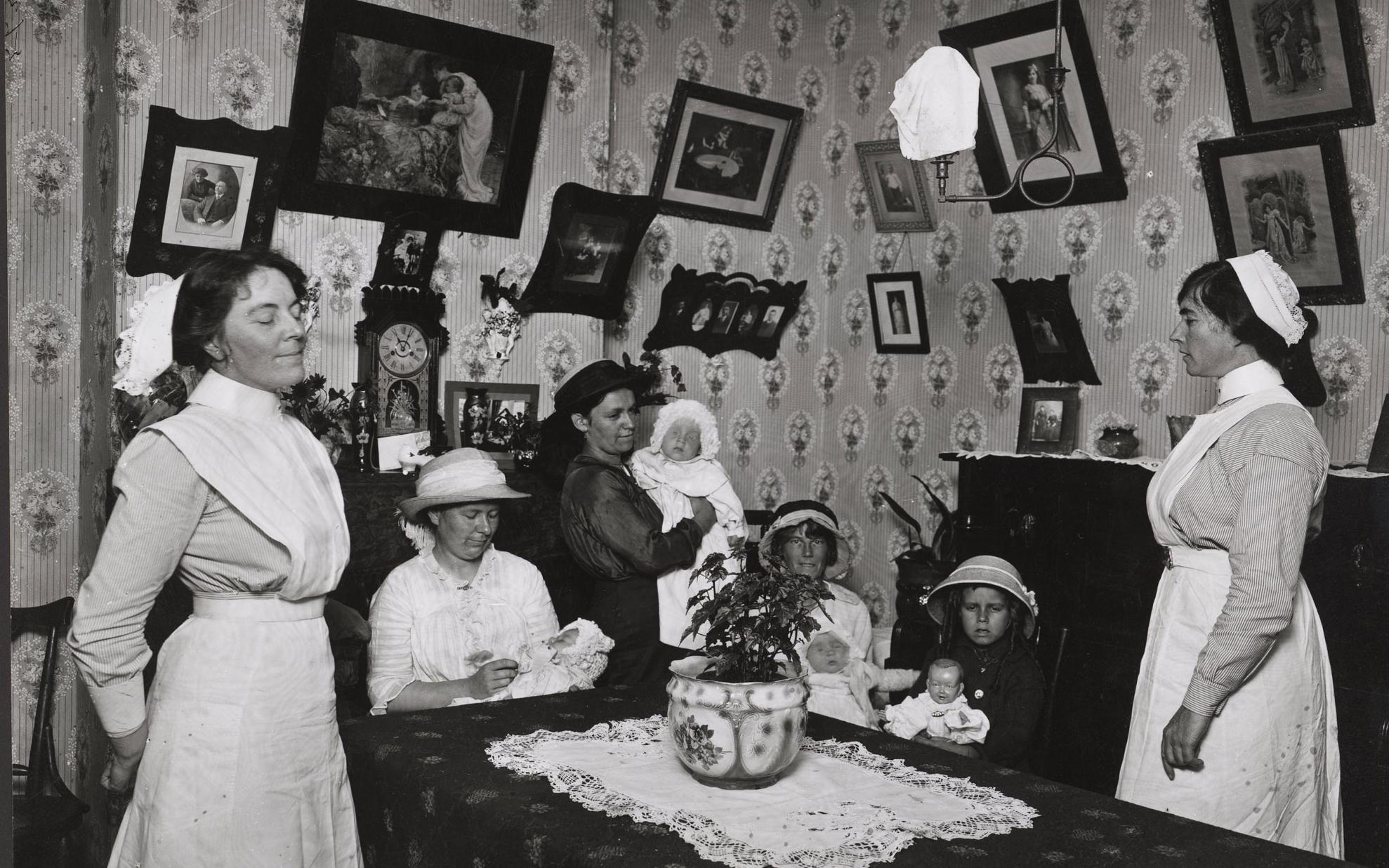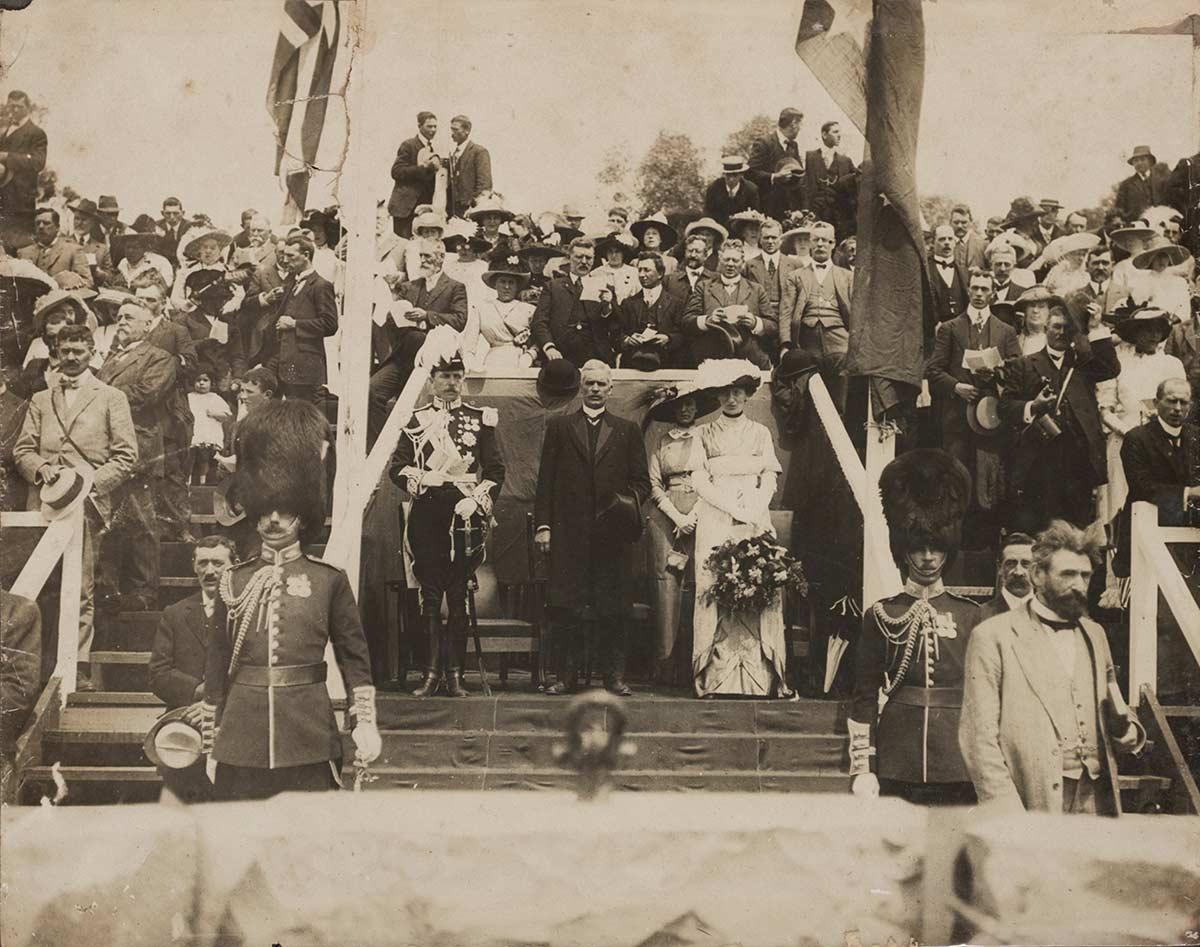Learning module:
War correspondents
War correspondents
2. Australia gains a territory
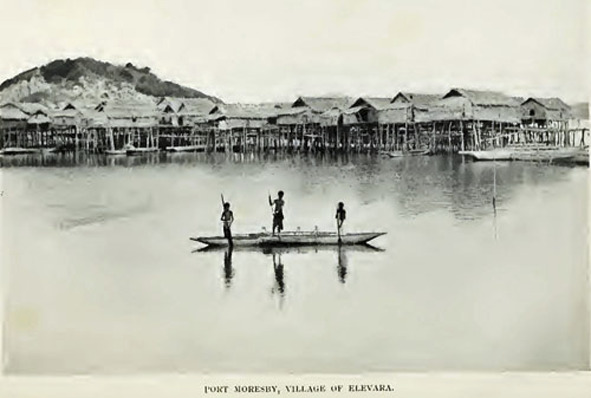
You purchase a boat ticket and head out to Port Melbourne, where a rickety-looking boat awaits you. The two-week journey is uneventful, and the food is terrible. You arrive in Port Moresby, the main city in Papua New Guinea. You schedule an appointment with a local journalist, who fills you in...
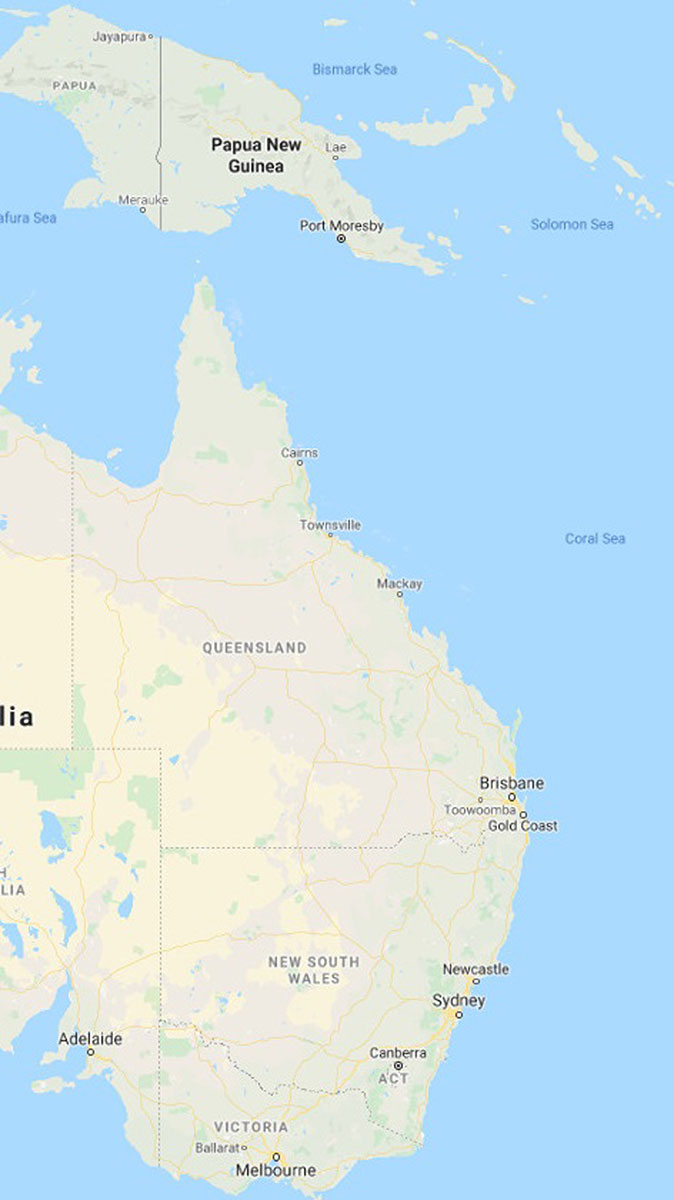
In 1906 the young nation of Australia became a colonial administrator when it assumed responsibility for the external territory of Papua — the southern half of what is now Papua New Guinea.
Australia saw the administration of the territory as an opportunity to secure its borders, expand its commercial and colonial interests and prove itself as a mature and modern nation.
German colonialism
On 7 February 1883 the Sydney Morning Herald published an article about German intentions to annex the eastern portion of New Guinea (the western part was already Dutch-controlled). Because the island lies only 150 kilometres north of Cape York, the article heightened Australian anxieties about their continent’s vulnerable and sparsely populated northern borders.
A month later the Queensland colonial government pre-emptively annexed eastern New Guinea. Lord Derby, Secretary of State for the Colonies, promptly rejected the colony’s claim when news reached him in London.
Free to act, Germany annexed the north-east part of New Guinea (naming it Kaiser Wilhelmsland) and the Bismarck Archipelago (New Britain, New Ireland and associated islands) in 1884.
Britain quickly responded by proclaiming the protectorate of British New Guinea (covering south-eastern New Guinea), thus providing a buffer between German territories and the Torres Strait, which was vital to Australian navigation.
Administration of the Protectorate was shared between Britain and the colonies of Queensland, New South Wales and Victoria. In 1906 full control of this area was handed to the Commonwealth of Australia and it was renamed the Australian Territory of Papua.
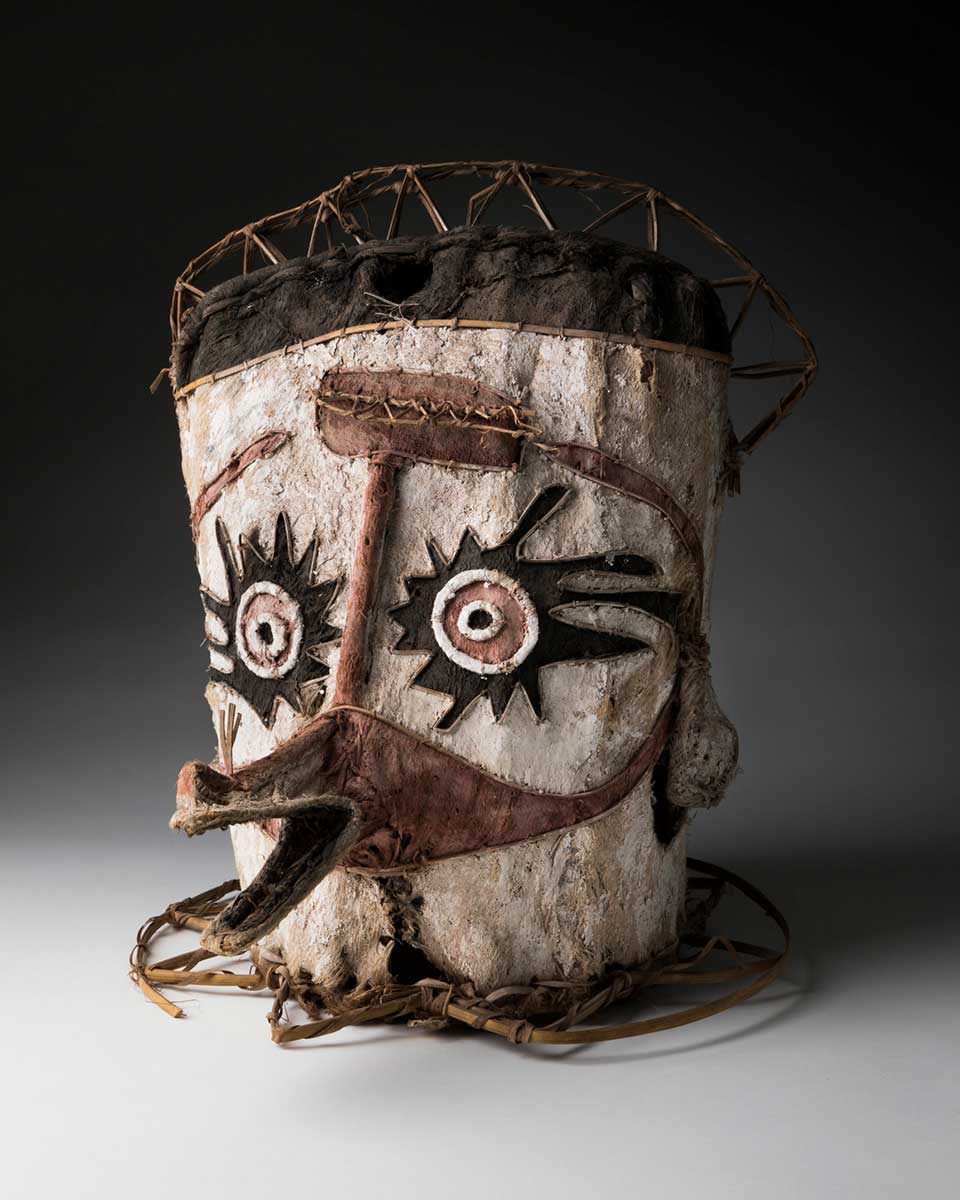
Your task
Mr Callister has asked you to report on the story, while developing your skills in asking questions. He wants you to come up with a series of questions that a historian might ask about this story.
Historians ask specific types of questions. Good historians ask questions about:
- causes and effects
- things that have changed from the past to now and things that have stayed the same
- what it felt like for people at the time
- how people’s perspectives about what happened in the past can be different from one another
- how we can know things about the past
- what is important from the past.
Complete this grid, asking questions about Papua New Guinea being ruled by Australia. A few have been done to get you started...
| Event | Situation | Person | Reason | Means | |
|---|---|---|---|---|---|
| Present | |||||
| Past | |||||
| Probability | |||||
| Imagination |
You complete the question grid and get it back to your boss, Mr Callister, along with your report.
‘Great work, youngster! Now, I’ve got a couple of stories lined up here for you. Take your pick’.
Which story do you want to work on next?








